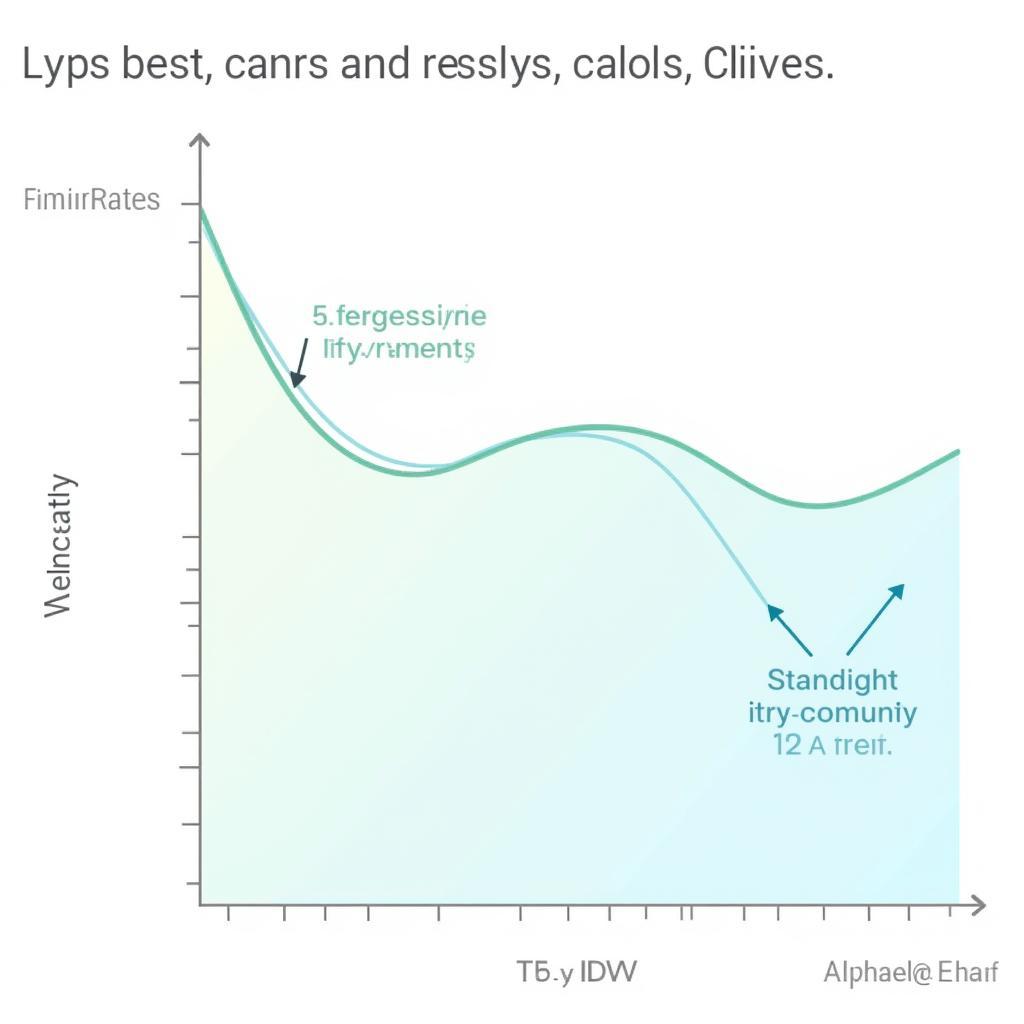Teamstepps 2.0 provides essential tools for enhancing communication and teamwork in long-term care settings. These tools aim to improve patient safety and the quality of care provided by fostering a collaborative environment amongst healthcare professionals.
Understanding the Importance of Teamstepps 2.0 in Long Term Care
Teamstepps 2.0 isn’t just a buzzword; it’s a proven methodology specifically adapted for the unique challenges of long-term care. The tools within this framework address common communication breakdowns, hierarchy issues, and the complexities of coordinating care for residents with diverse needs. Ultimately, Teamstepps 2.0 long term care tools empower staff to provide safer, more effective, and patient-centered care.
Key Tools and Their Applications
Several key Teamstepps 2.0 tools are particularly valuable in the long-term care environment:
-
SBAR (Situation-Background-Assessment-Recommendation): This structured communication technique helps staff clearly and concisely convey critical information about a resident’s condition, leading to quicker decision-making and improved response times. Imagine a nurse using SBAR to effectively communicate a resident’s sudden change in condition to the on-call physician, preventing potential complications.
-
Check-Backs: This simple yet powerful tool ensures that information is understood correctly. A quick “I heard you say…” followed by a paraphrased confirmation can prevent misunderstandings and errors in medication administration or treatment plans. Think of a certified nursing assistant confirming a complex care instruction with the registered nurse, ensuring the resident receives the appropriate care.
-
Handoffs: Structured handoffs, including essential information about the resident’s care plan, medications, and preferences, ensure continuity of care and reduce the risk of errors during shift changes or transfers. Picture a nurse effectively handing off critical information about a resident’s allergies and current medications to the incoming nurse, preventing a potential adverse drug event.
-
Two-Challenge Rule: This tool empowers staff to voice concerns twice if they feel a situation is unsafe. If the concern is still not addressed, they can escalate it to a higher authority. This promotes a culture of safety and empowers staff to advocate for their residents. Visualize a scenario where a nursing assistant notices a potential medication error and utilizes the two-challenge rule to ensure the resident’s safety.
-
Briefs, Huddles, and Debriefs: These tools facilitate team communication and problem-solving. Briefs are short planning sessions, huddles are quick check-ins throughout the day, and debriefs are post-event discussions to identify areas for improvement. These practices ensure everyone is on the same page and can address any challenges proactively. Imagine a team of nurses and therapists conducting a brief before starting their shift to discuss resident priorities and potential challenges, ensuring a coordinated and efficient approach to care.
Implementing Teamstepps 2.0 Successfully
Successful implementation requires leadership support, staff training, and ongoing evaluation. Creating a culture where these tools are embraced and utilized consistently is essential for realizing their full potential.
“Teamstepps 2.0 isn’t just about following a checklist,” says Dr. Maria Sanchez, a geriatric specialist with 20 years of experience. “It’s about fostering a culture of communication and teamwork that ultimately benefits both residents and staff.”
Measuring the Impact
The impact of Teamstepps 2.0 can be measured by tracking key metrics such as medication errors, fall rates, resident satisfaction, and staff morale. Data-driven evaluation helps identify areas for improvement and refine the implementation process.
“We’ve seen significant improvements in resident safety and staff satisfaction since implementing Teamstepps 2.0,” shares John Miller, RN, Director of Nursing at a leading long-term care facility. “Our staff feels more empowered to communicate effectively, and our residents are receiving better care.”
 Positive Results from Teamstepps 2.0 Implementation
Positive Results from Teamstepps 2.0 Implementation
Conclusion
Teamstepps 2.0 long term care tools are crucial for fostering a culture of safety and collaboration. By embracing these tools and prioritizing open communication, long-term care facilities can significantly improve the quality of care and enhance the lives of their residents.
FAQ
- What is Teamstepps 2.0?
- How can Teamstepps 2.0 benefit long-term care facilities?
- What are some key Teamstepps 2.0 tools?
- How can I implement Teamstepps 2.0 in my facility?
- How can I measure the impact of Teamstepps 2.0?
- Where can I find more information about Teamstepps 2.0?
- What are the common challenges in implementing Teamstepps 2.0?
For support, contact WhatsApp: +1(641)206-8880, Email: [email protected] or visit us at 910 Cedar Lane, Chicago, IL 60605, USA. We have a 24/7 customer support team.
